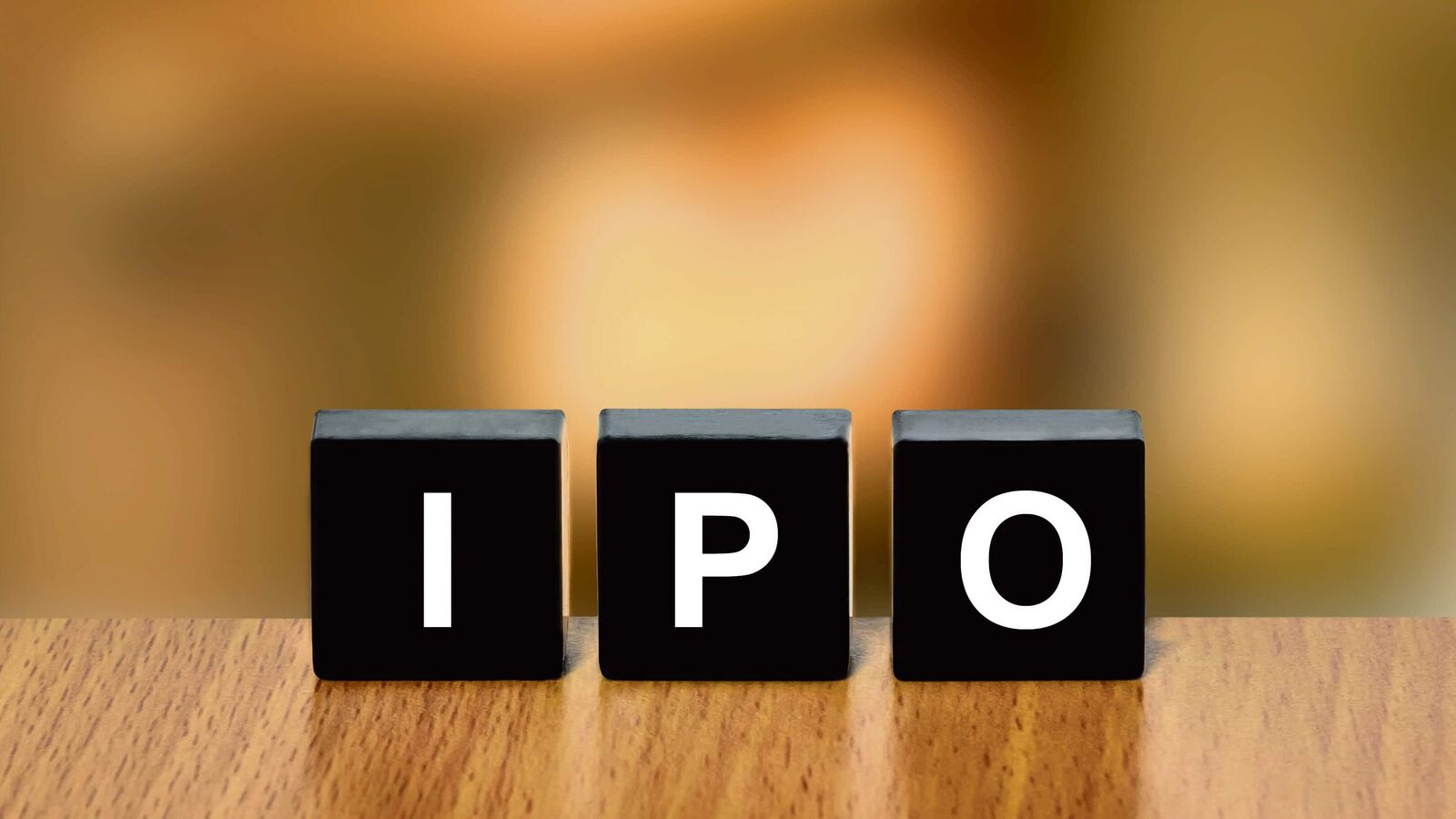Credit card statement explained: Key terms, charges, due dates and more

A credit card statement is a full record of your credit utilisation, your spending habits, your interest rates and payment obligations. To effectively manage the use of your credit and avoid falling into unintended debt traps, it is essential to read and comprehend this piece of paper.
In this, we will answer common questions about credit card statements and explain what they mean and what they’re composed of and their importance.
What is a credit card statement?
Your bank or credit card issuer will send you a monthly credit card statement, which contains all of your International balance charges, payments, and transactions for a specific balance billing cycle. Basically, it reminds you to make payments and retains a record of your credit usage. It includes information such as:
- The total amount owed.
- The minimum amount owed.
- The date statement is due.
- A table of transaction and purchase items.
- The interest charged plus any fees for late payments.
- Cash and credit limits available.
- Points for rewards (if applicable).
Key components of credit card statement
A short description of the utmost important parts to help you understand your credit card/sub-billing statement:
What is the difference between a credit card statement and a balance?
Many cardholders incorrectly think that their credit card balance is a statement.
- A credit card statement is a document that represents all charges and transactions that have taken place over a certain period (normally 30 days) and includes them all in one place.
- Your credit card balance, on the other hand, is the amount you own right now and reflects recent purchases made in the period after the statement was printed.
In short, the balance is the total amount due right now, and the statement contains the historical record of an agreed upon time period.
- Avoid paying interest.
- Improve your credit score.
- Keep your ratio of credit used low.
- Avoid penalties and late fees.
- Maintain a clean repayment history.
If you only pay the minimum amount due, interest will be charged on the outstanding balance and could quickly become unmanageable.
Why is it important to read your credit card statement?
Regularly reviewing your statements helps you:
In conclusion, your credit card statement is more than just a bill; it can be used as a financial management tool. Reading and acting on your statement can help you avoid debt, build a strong credit score, and make informed financial decisions.
Disclaimer: Mint has a tie-up with fin-techs for providing credit, you will need to share your information if you apply. These tie-ups do not influence our editorial content. This article only intends to educate and spread awareness about credit needs like loans, credit cards and credit score. Mint does not promote or encourage taking credit as it comes with a set of risks such as high interest rates, hidden charges, etc. We advise investors to discuss with certified experts before taking any credit.







